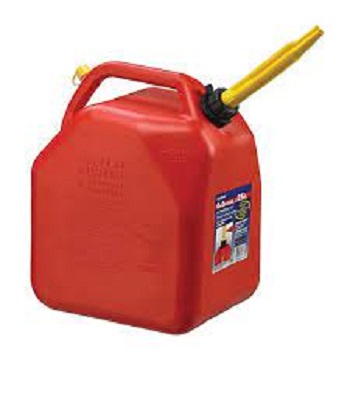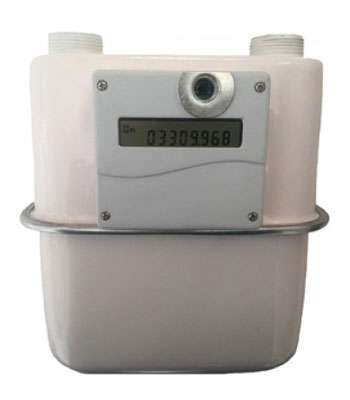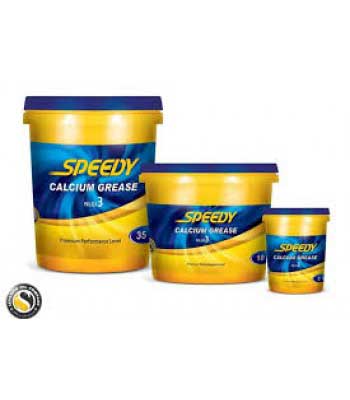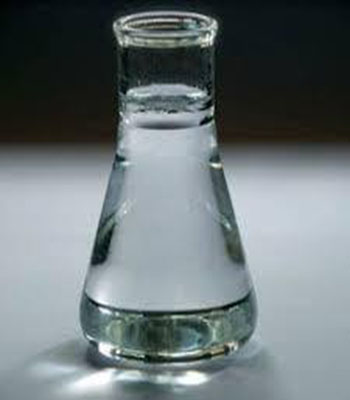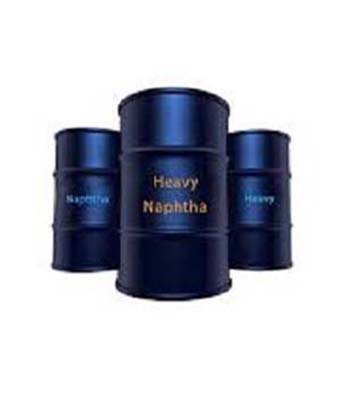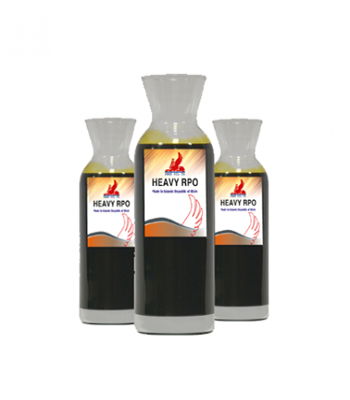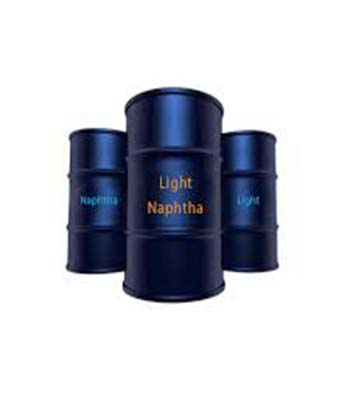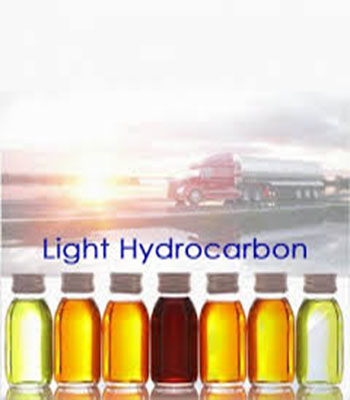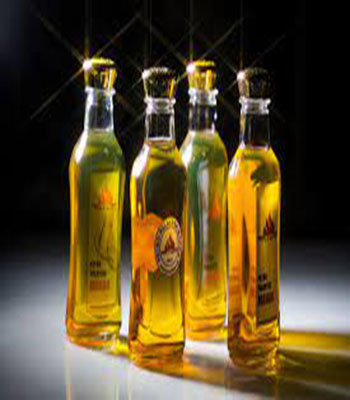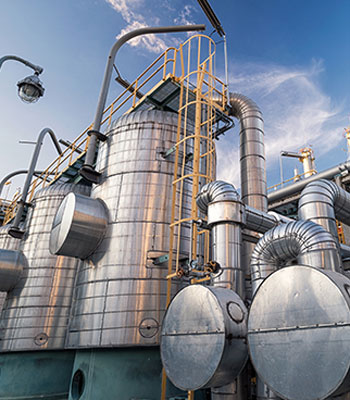Gasoline87
0,00 €Gasoline , or petrol is a clear petroleum-derived flammable liquid that is used primarily as a fuel in most spark-ignited internal combustion engines. It consists mostly of organic compounds obtained by the fractional distillation of petroleum, enhanced with a variety of additives.
Gasometer
0,00 €| Model : | intelligent |
| Company name : | Gas souzan |
| Packaging : | – |
| Minimum order : | 1 |
| Standard : | – |
| Production power : | – |
Gasometer
0,00 €| Model : | intelligent |
| Company name : | Gas souzan |
| Packaging : | – |
| Minimum order : | 1 |
| Standard : | – |
| Production power : | – |
Grease
0,00 €| Model : | Speedy Calcium Grease |
| Company name : | Sepahan Oil Company |
| Packaging : | Plastic Container |
| Minimum order : | 1 |
| Standard : | – |
| Production power : | – |
Heavy aromatic-Hydrocarbons
0,00 €A complex combination of hydrocarbons obtained from distillation of aromatic streams. It consists predominantly of aromatic hydrocarbons having carbon numbers predominantly in the range of C9 through C16 and boiling in the range of approximately 165
Heavy naphtha-Naphta
0,00 €Naphtha is a flammable liquid hydrocarbon mixture. Mixtures labeled naphtha have been produced from natural gas condensate, petroleum distillates, and the distillation of coal tar and peat. In different industries and regions naphtha may also be crude oil or refined products such as kerosene. Mineral spirits, also historically known as “naphtha”, is not the same chemical.
Heavy RPO-Rubber Processing Oil
0,00 €PARS RUBBER PROCESS OIL (RPO) the highly aromatic (HA) type oil is known as distillate aromatic extract (DAE) is obtained in Pars Oil refinery as a by product during solvent extraction process of Producing lube base oils.
Applications
- As component in rubber formulations and manufacturing of products such as automobile tires, rubber shock absorber, footwear, industrial hoses, wire and cable coverings, flooring materials and carrier fluid or solvent in manufacture of adhesives, sealant, polish and carbon black
- Used as a lubricant in rubber processing
- Used as a component in ink production
Performance Features
- Excellent color stability
- Low volatility properties
- Good solubility properties
- Elastomer capability
HTN-Naphta
0,00 €Naphtha is a flammable liquid hydrocarbon mixture. Mixtures labeled naphtha have been produced from natural gas condensate, petroleum distillates, and the distillation of coal tar and peat. In different industries and regions naphtha may also be crude oil or refined products such as kerosene. Mineral spirits, also historically known as “naphtha”, is not the same chemical.
Hydrocarbon-Light Hydrocarbon
0,00 €Hydrocarbons, simply in the science of chemistry, are a group of organic materials in whose molecular structure only the atoms of the elements carbon and hydrogen are involved. Hydrocarbons, like the classification of all organic matter, fall into two groups: aliphatic and aromatic. On the other hand, hydrocarbons can be divided into two unsaturated groups and a saturated group.
Hydrocarbons-Heavy Hydrocarbon
0,00 €Hydrocarbons, simply in the science of chemistry, are a group of organic materials in whose molecular structure only the atoms of the elements carbon and hydrogen are involved. Hydrocarbons, like the classification of all organic matter, fall into two groups: aliphatic and aromatic. On the other hand, hydrocarbons can be divided into two unsaturated groups and a saturated group.
Hydrogen sulfide Gas
0,00 €Hydrogen sulfide is the chemical compound with the formula H2S. It is a colorless gas with the characteristic foul odor of rotten eggs; it is heavier than air, very poisonous, corrosive, flammable, and explosive.



